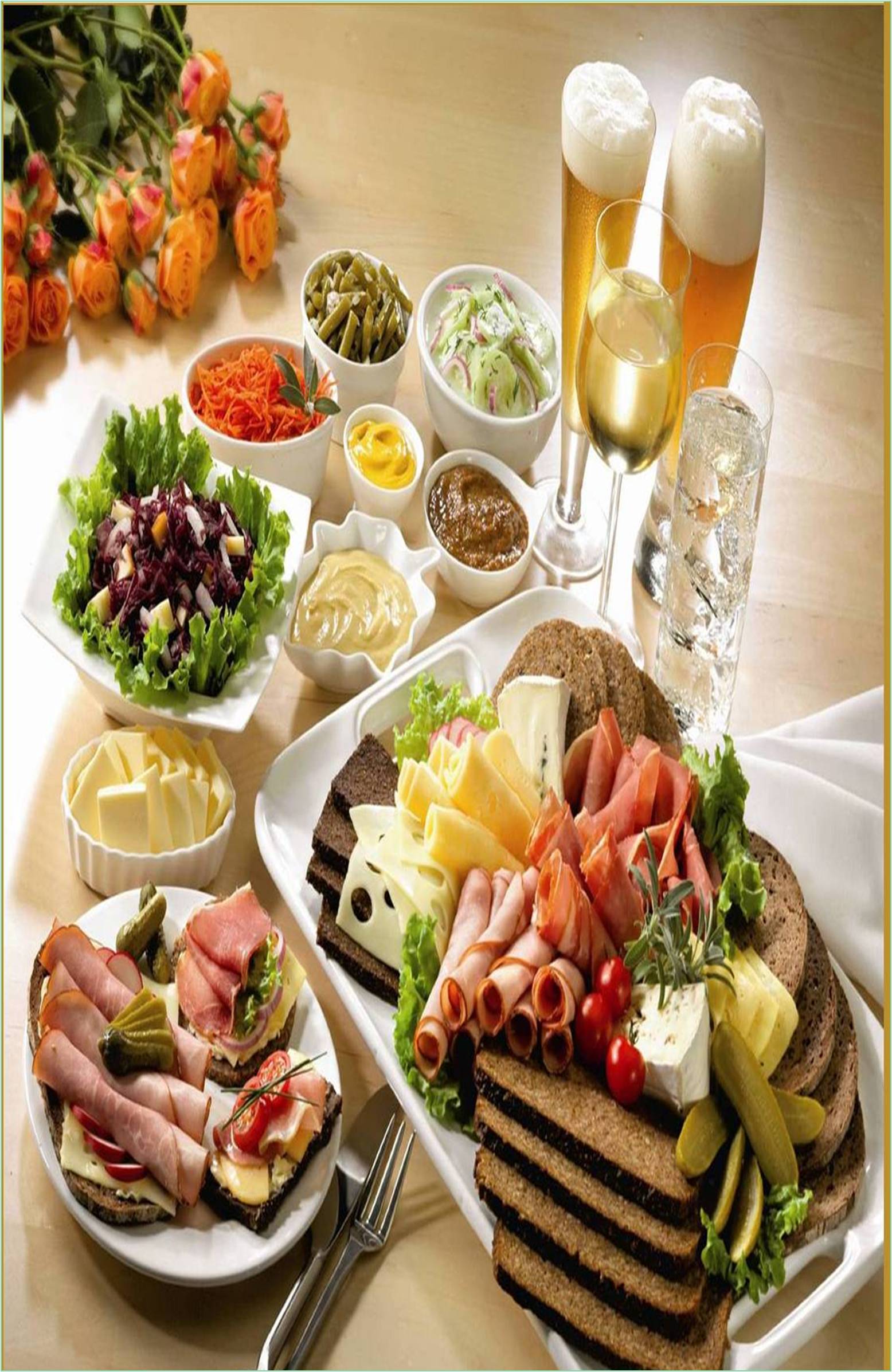



Received: 01-Nov-2022, Manuscript No. GJFST-22-85279; Editor assigned: 03-Nov-2022, Pre QC No. GJFST-22-85279 (PQ); Reviewed: 17-Nov-2022, QC No. GJFST-22-85279; Revised: 23-Nov-2022, Manuscript No. GJFST-22-85279 (R); Published: 02-Dec-2022, DOI: 10.15651/2408-5456.22.10.056
Food processing is the process of converting food products into a usable state. It can include the various physical and chemical processes used to transform basic materials into meals. This procedure includes a number of steps, including chopping, cooking, canning, liquefaction, pickling, macerating, and emulsification. Producing appealing, marketable, and in some cases, long-lasting food products requires clean, harvested crops or butchered and killed animal goods. However, food processing can also reduce the dish's nutritional value and may include ingredients that could be unhealthy. Two extremely large fields of food technology are food production and food processing. Among the objectives of food processing are things like: Food goods shelf lives are extended by it, avoid contaminating meals, transportation and food storage, creates culinary products from uncooked ingredients that are enticing and marketable.
Primary Processing Food
Animals or raw wheat kernels are two examples of agricultural products that undergo fundamental food processing before being turned into something that can be consumed. Ingredients produced using age-old techniques including threshing, winnowing, grinding grain, shelling nuts, and butchering animals for meat fall under this category. Deboning, chopping, freezing, smoking, extracting and filtering oils, canning, food irradiation preservation, candling eggs, homogenizing and pasteurizing milk are also included in this process.
Secondary Food Processing
Secondary food processing is the common practice of creating food from ingredients that are ready for use. Making bread is an example of secondary food processing, whether it is carried out at home, in a small bakery, or in a big factory. Traditional methods for secondary food processing include the fermentation of fish and the production of wine, beer, and other alcoholic beverages. Meat that has already undergone primary processing is ground into sausages, a common secondary processed meat product. Most secondary food processing methods employed by humans can be categorized as cooking.
Tertiary Food Processing
The commercial manufacturing of what is typically referred to as processed food is known as tertiary food processing. These are items that can be heated up and served immediately, such reheated airline meals and TV dinners.
Methods of Food Processing
From the potential for a pest or bacteria to infiltrate and reproduce on foods to the biological activity of foods, there are a number of criteria that must be assembled for the optimal processing of food. The following techniques are used to properly digest food:
Canning: The food has been heated very well. Pasteurization is the name given to this procedure. The food is then prepared and placed in an airtight can for storage.
Fermentation: The process through which bacteria, yeast, or other microbes break down carbohydrates in the absence of oxygen. This implies that the process doesn't require oxygen to proceed (apart from oxygen present in sugar). In addition to raising dough for bread manufacture, fermentation is also used to produce alcoholic beverages like wine, beer, and cider as well as meals like sauerkraut, dry sausages, and yoghurt.
Freezing: For the purpose of reducing the activity of dangerous bacteria, food temperatures are decreased to below 0°C. The majority of items, including fruits, vegetables, meat, fish, and prepared meals, can be preserved using this method.
Packaged in a modified environment: A mixture of protective gases is used to replace the air inside a package; these gases frequently include oxygen, carbon dioxide, and nitrogen, which are also found in the air we breathe. They aid in extending the shelf life of fresh food items, which are typically fruits, vegetables, meat and meat products, fish, and meat.
Pasteurization: To kill bacteria, food is heated and then immediately chilled. For instance, dangerous germs that cause foodborne infections may be present in raw milk. It is essential to boil it (at home) or pasteurize it (on a large scale) to make sure it is safe to eat. Pasteurization is frequently used to preserve canned goods, juices, and alcoholic drinks in addition to dairy products.
Smoking: A method of cooking food and applying chemicals to it in order to preserve it by exposing it to smoke from burning materials like wood. Typical smoked foods include various meats, sausages, salmon, and cheese.
Additives: Food additives are crucial for maintaining the texture, flavor, appearance, and safety of processed meals. Food additives are added for specific goals, such as to guarantee food safety or preserve food quality over a product's shelf life. For instance, antioxidants stop fats and oils from being rancid, whereas preservatives stop or slow down microbial growth (e.g. mould on bread). Emulsifiers are used to improve the consistency of mayonnaise and prevent the separation of salad dressings into oil and water.